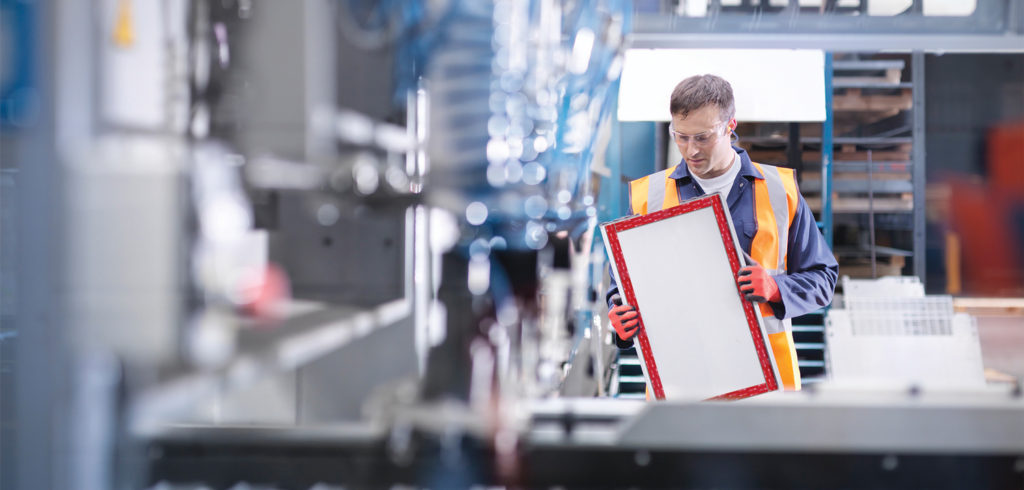Dr Antonio Pagliuca, senior technical specialist in adhesives at 3M, highlights the role of structural adhesives in vehicle weight reduction, and the associated testing issues
Cars currently produce about 12% of the EU’s total CO2 emissions, according to European Commission figures. Under new rules, vehicle manufacturers must achieve a 30% reduction by 2030. A related demand from car drivers is for higher mpg – and a longer range for electric and hybrid vehicles – without losing out on performance. Making cars lighter helps to meet these needs.
Traditional pressed steel is being replaced by lightweight alternatives, including aluminum, high-strength steel, carbon fiber, magnesium, plastics and composites. Importantly, a car is no longer made from just one material but from a carefully selected combination that delivers specific advantages depending on the area of application.
Adhesive benefits and challenges
To solve problems in connecting these dissimilar materials, car makers increasingly look to specialized adhesives. Today’s equivalent of a 2001 model containing 30ft of adhesive might now contain more than 400ft.
Traditional fasteners such as rivets and bolts are heavier than adhesives. The fixing holes required can weaken structures and often promote corrosion. By contrast, adhesives can add strength and allow management of stress and energy. Unlike mechanical connectors, adhesive bonds offer the ability to absorb energy in a crash.
Although adhesive bonding is well-established in aircraft, car designers have been cautious in adopting it. Key automotive challenges include the requirement for much shorter product cycles, higher volumes and faster assembly than in aerospace. For instance, while aerospace manufacturers invest heavily in preparing difficult surfaces before bonding, automotive manufacturers need adhesives that bond effectively with little preparation.
Testing approach
Lightweighting requires a holistic approach as some areas of a car, such as crumple zones, need greater strength than others. The energy implications of different material and adhesive combinations must be understood in each area and for the complete vehicle.
Two fundamental tests applied to studies of crash-resistant performance are K1c for fracture toughness and G1c for fracture energy. K1c assesses the bonded structure’s ability to resist further fracturing once an initial crack appears. G1c looks at the strain energy released during fracture and thereby absorbed from a crash. Modeling and simulation to investigate such properties involves creating mules for crash testing.
Another standard procedure is the impact wedge peel test. A sharp wedge-shaped object is rapidly accelerated into a shear joint to determine its reaction and see how it ultimately fails. An adhesive failure, in which the adhesive peels away from the substrate, may indicate bond instability. The force necessary to cause a cohesive failure, in which the bond breaks in the middle, gives a useful indication of bond strength especially when tested at different temperatures including at -40°C.
Complex combination testing
Extensive testing exploring the adhesion, mechanical and thermomechanical properties of the adhesive and substrate concerned allow bonding performance to be defined quite clearly. However, the figures produced apply only to the specified combination of adhesive product, materials, joint geometry and test conditions. Many combinations may have to be tested to find the ideal solution, especially in multi-material structures.
To understand how the structure will behave in its intended application, it must be tested under real-life conditions. Vibration – or cyclic loading – extreme temperature variation, water immersion and salt spray are some of the fatigue factors it may face. Importantly, these will be experienced simultaneously and have synergistic effects.
These varying factors can be combined synergistically by 3M’s bespoke fatigue test equipment to generate data to help predict life cycle performance. The availability of life cycle data from synergistic testing has revolutionized lightweighting by giving designers the feedback and confidence they need to make further advances.
Companies such as 3M are constantly evolving their test methodology for assessing fatigue performance of bonded joints in multi-material structures. Recent innovations include the ability to use predicted joint stresses from FEA and input those predicted stresses into the actual fatigue testing of adhesive and substrates being used in the specific application.
Next-generation adhesives
The most exciting recent developments from 3M include next-generation heat-activated adhesives that bond at much lower temperatures. To date, manufacturers have bonded aluminium or high-strength steel with adhesives curing at about 180°C, using self-piercing rivets for extra support.
Now there is an adhesive that cures at just 80°C. It avoids panel distortion in hot ovens, allows greater use of lighter materials that cannot tolerate extreme heat, and reduces the need for mechanical fixings.
This is just one example of the way forward. Further lightweighting is vital to the automotive industry’s future, and continuous innovation in structural adhesives will make it possible.
High Tg (glass transition temperature) adhesives, that are fracture tough and creep resistant – and can also be spot cured at lower temperatures after application for fast cycle times – may well be the future for body in white/body in black (BIW/BIB) structural bonding.
 Dr Antonio Pagliuca is senior technical specialist for adhesives in the industrial business group at 3M. He is a leading materials technologist with extensive experience across the automotive, aerospace and industrial markets. Since gaining a PhD for research into adhesion of polymers, he has enjoyed a 23-year career in these sectors.
Dr Antonio Pagliuca is senior technical specialist for adhesives in the industrial business group at 3M. He is a leading materials technologist with extensive experience across the automotive, aerospace and industrial markets. Since gaining a PhD for research into adhesion of polymers, he has enjoyed a 23-year career in these sectors.


